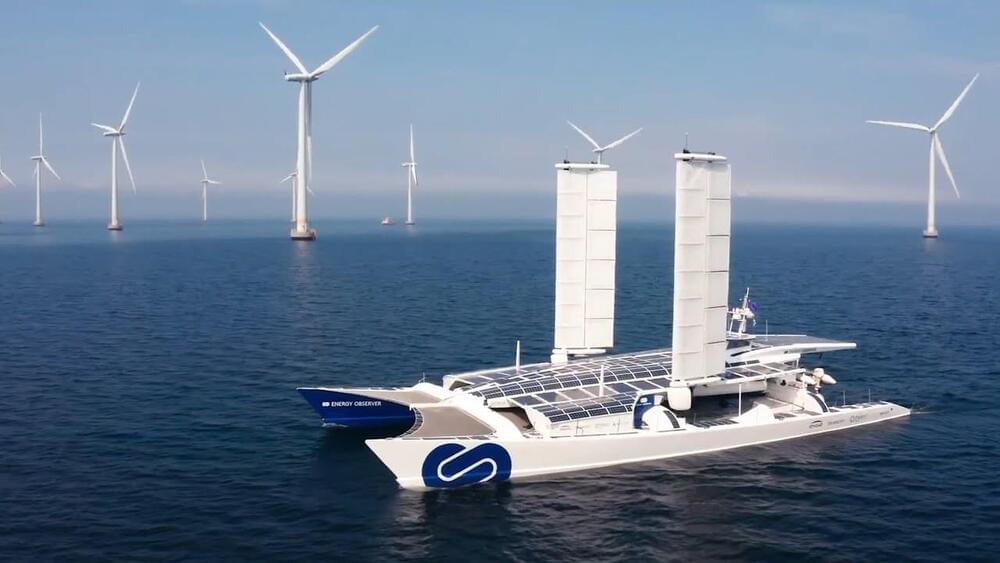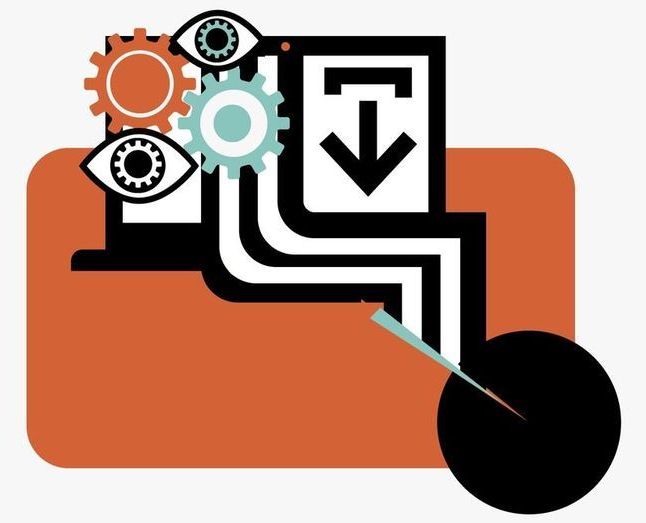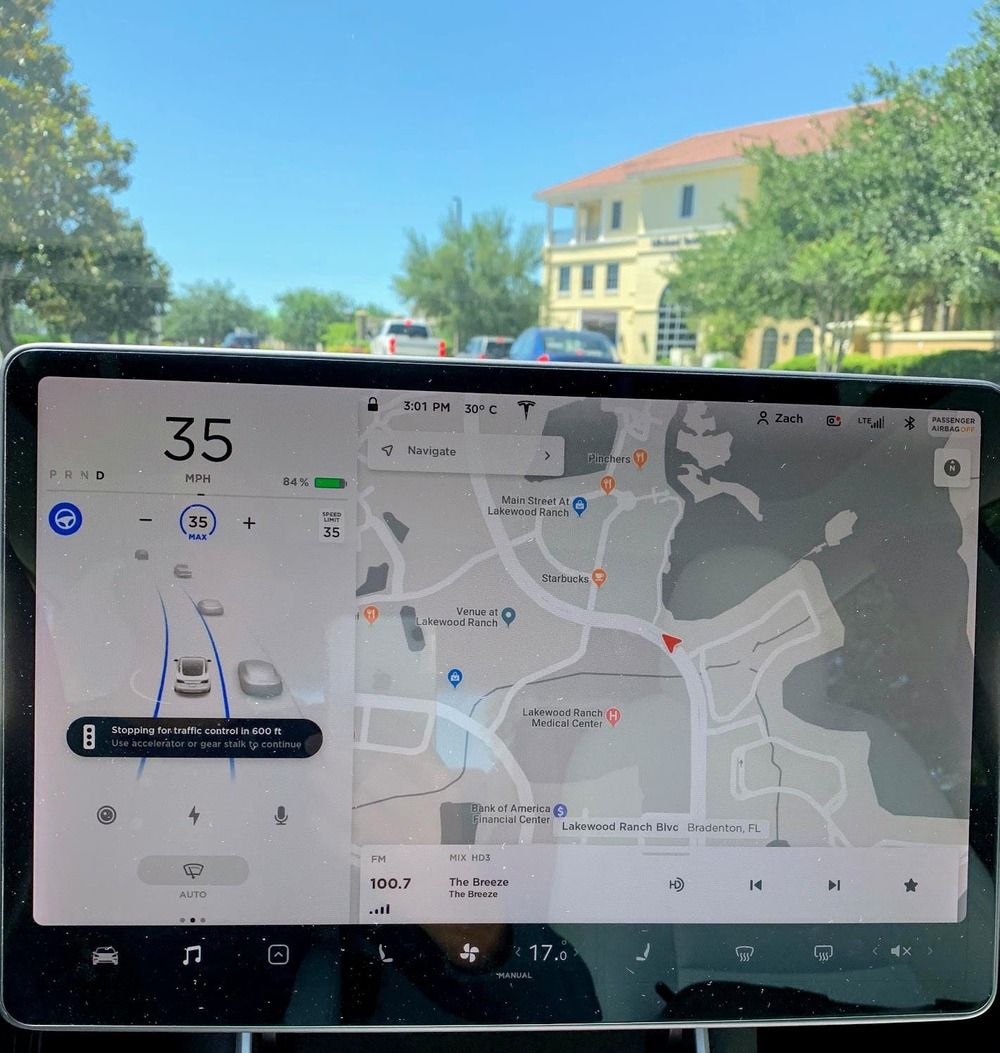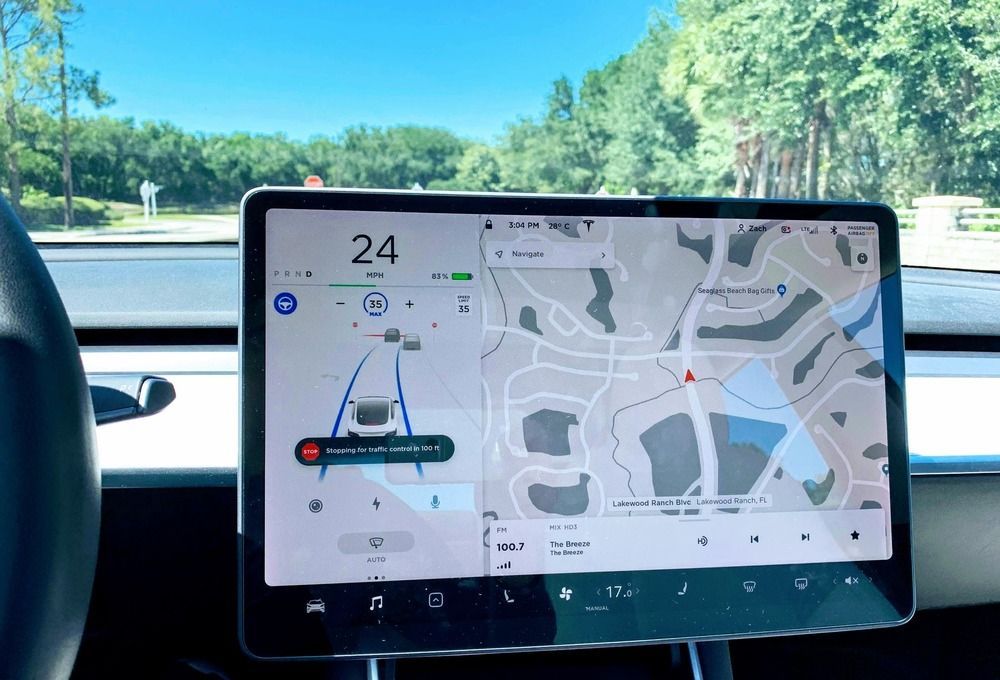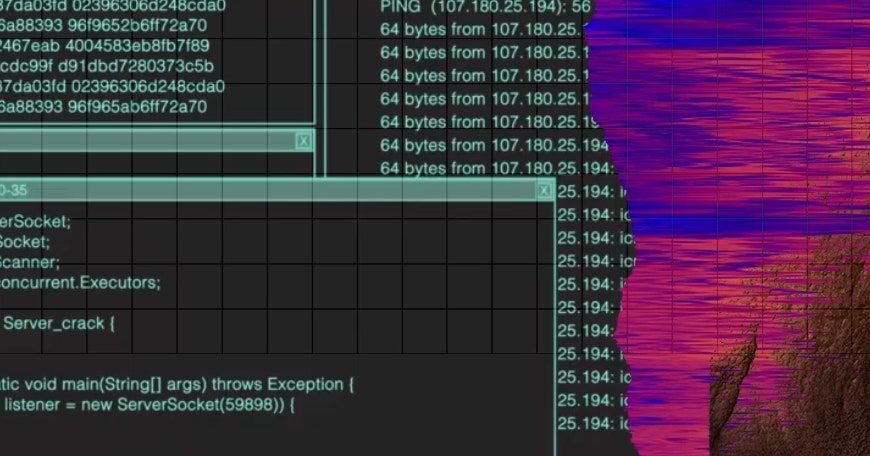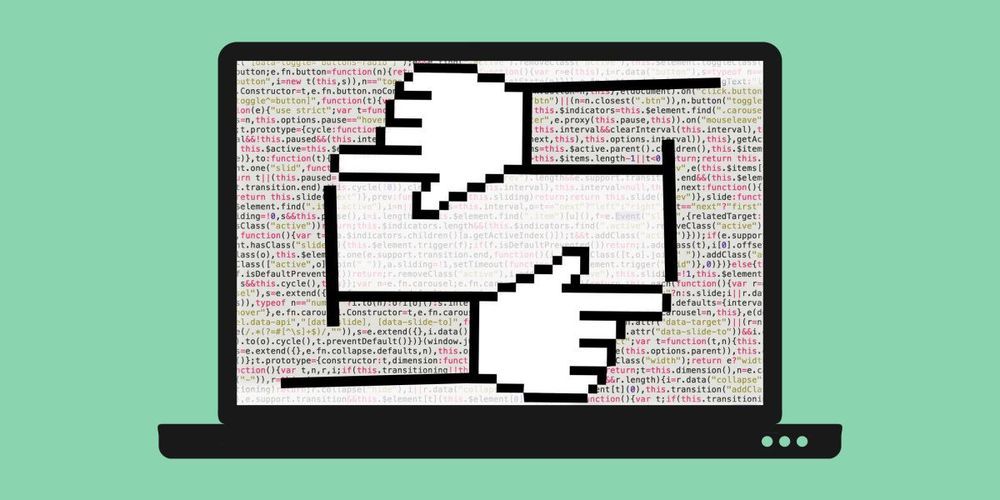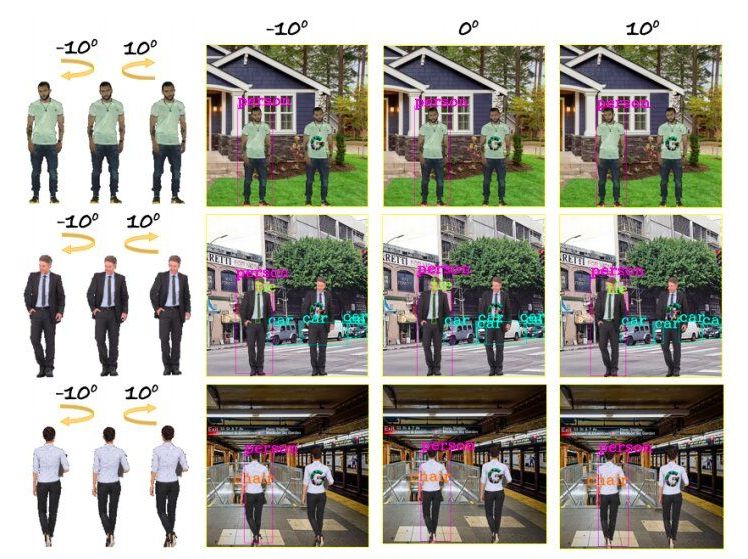Solar power, hydrogen fuel from seawater, automatic wingsails, a 6 year journey.
The Energy Observer set sail on a six-year world tour in 2017, testing new technologies, from onboard hydrogen electrolysis to fully-automated sails. It’s hoped the rugged ocean environment will prove the techs’ durability and usefulness at home.
CNET playlists: https://www.youtube.com/user/CNETTV/playlists
Download the new CNET app: https://cnet.app.link/GWuXq8ExzG
Like us on Facebook: https://www.facebook.com/cnet
Follow us on Twitter: https://www.twitter.com/cnet
Follow us on Instagram: http://bit.ly/2icCYYm
#EnergyObserver #Hydrogen #Toyota
